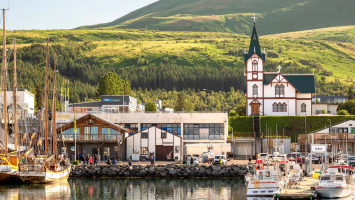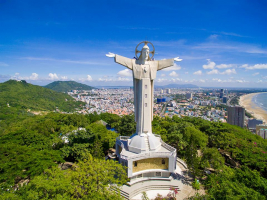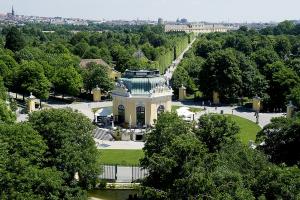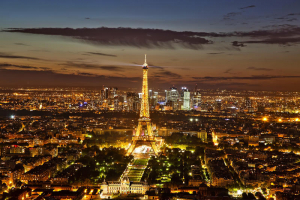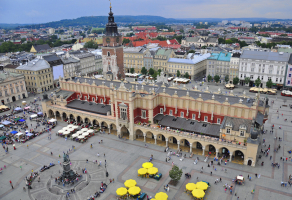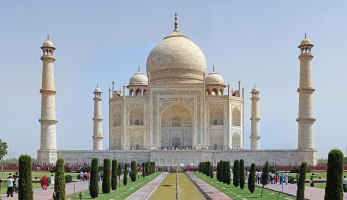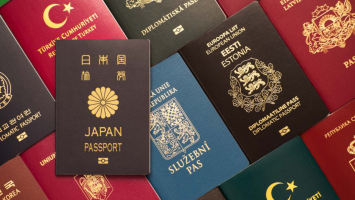Top 10 Coldest Countries in The World
It is of utmost importance for regular tourists to know about the climate of every nation they wish to visit. No one wants to visit the world's coldest places ... read more...in the dead of winter! Want to discover which countries are the most freezing? Check out the list below!
-
Russia is well-known for its severely cold winters and icy landscapes that extend for miles in certain sections of the large nation. Winter is particularly severe in the North and Far Eastern areas, lasting approximately half the year. These are the locations where record-breaking low temperatures are expected. Yikes! It's unsurprising that several of Russia's coldest regions are situated there.
Between October and April, there is nothing one can do to avoid Siberia's cold temperatures and bone-chilling winds. These places are infamous for their vulnerability to the Arctic farther north. There are no hillsides to block the sub-zero winds from sweeping straight down and lowering the temperatures to shiver-inducing levels. And it's the same in various regions of Russia, with a large portion of the nation located between 40 and 75 degrees latitude, when temperatures may drop rather low.
Verkhoyansk and Oymyakon both saw subzero temperatures of minus 67.8 degrees Celsius (minus 90.0 degrees Fahrenheit). Despite the freezing temperatures, around 500 people reside in Oymyakon, while another 1400 come to Verkhoyansk each year.
Coldest temperature: -67.8 °C
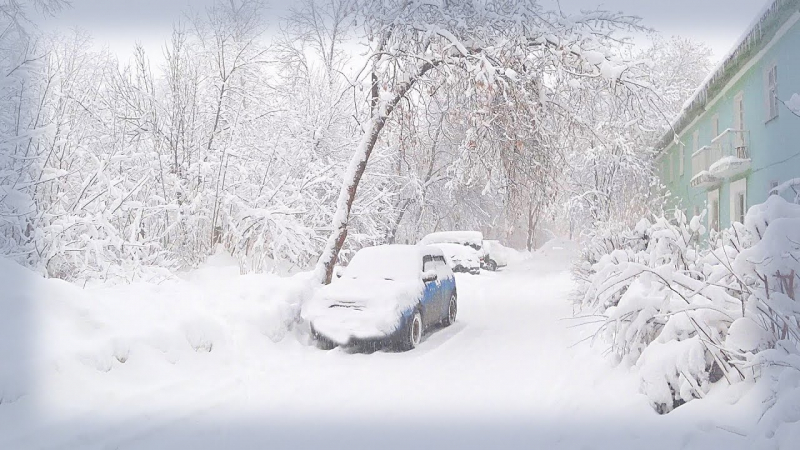
Source: Youtube, Different Russia 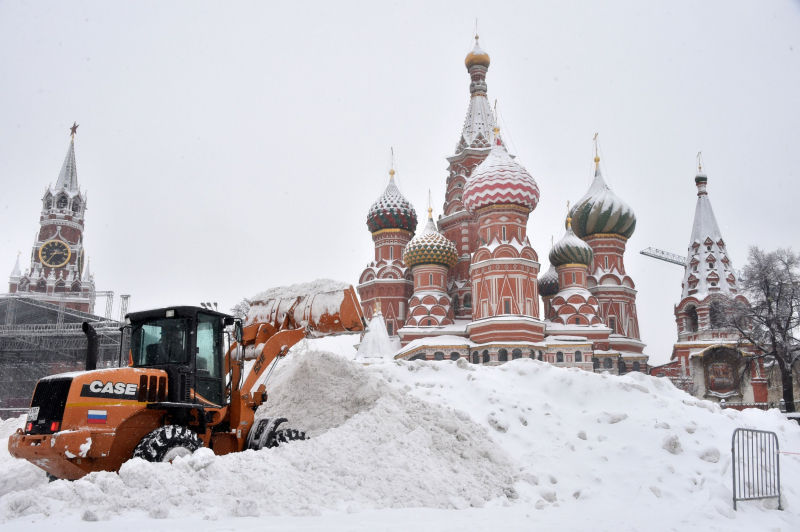
Source: Newsweek -
Greenland is among the world's coldest nations, with temperatures below zero degrees for almost the whole year. Greenland is bordered by oceans that are either frozen continuously or cooled by cold currents. Fjords form a barrier between the inland ice regions and the ocean.
Additionally, the nation is the world's largest island, with a total land size of 2,100,000 square kilometers. However, 85 percent of the geographical area is covered by around 1500 m thick ice sheets. The remaining land area comprises the coastal region, which is home to the majority of Greenland's inhabitants. Only at the seaside do temperatures soar above freezing.
Summer is often when these rather high temperatures occur. Summer and winter are markedly different, and residents must be ready for all four seasons. Greenland is well-known for its distinct Inuit culture, which has survived for generations. Also, it is affectionately referred to as the empire of dolphins, whales, and walruses.
Coldest temperature: −66.1 °C
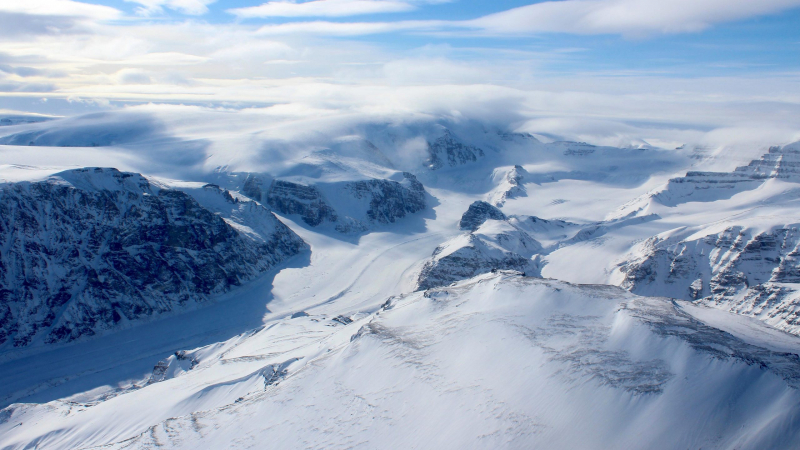
Source: SciTechDaily 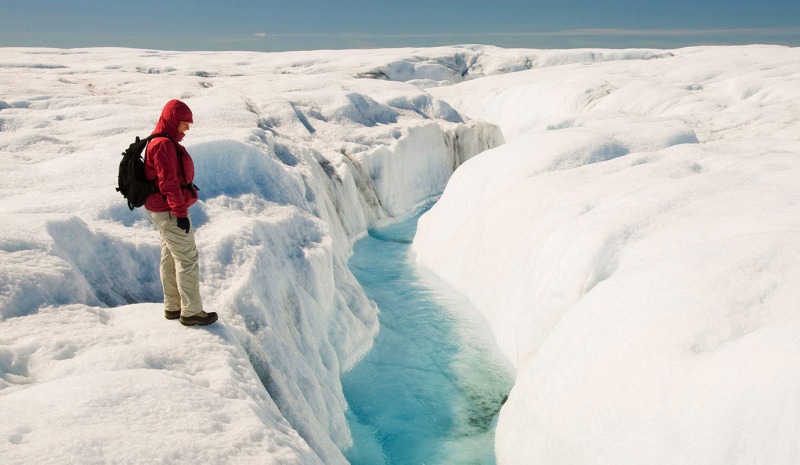
Source: Electroverse -
The majority of people associate Canada with snowfall and freezing temperatures. Due to its northerly latitude, it does suffer chilly weather. However, due to its vastness, it features a variety of climates. Just consider that its southern boundary is located at the same latitudes as balmy northern California, while the northern border area is located near the arctic's icy tundra.
Manitoba's capital city, Winnipeg, has the coldest winters of any big Canadian city. It has the lowest average temps in the country. Winnipeg is also Canada's city with the most frequent temperatures below -65 degrees Celsius and the least likelihood of seeing a day above zero during the winter. Other Prairie communities, as well as others in Ontario and Quebec, fill out the list of the coldest cities in Canada throughout the winter.
Parts of Canada fell into very cold, bitter temperatures reaching as low as -63 °C, courtesy of the Polar Vortex's southern lobe grazing south. As we approach the new year of 2022, this pool of far more temperate weather will race south towards the United States.
Coldest temperature: -63 °C
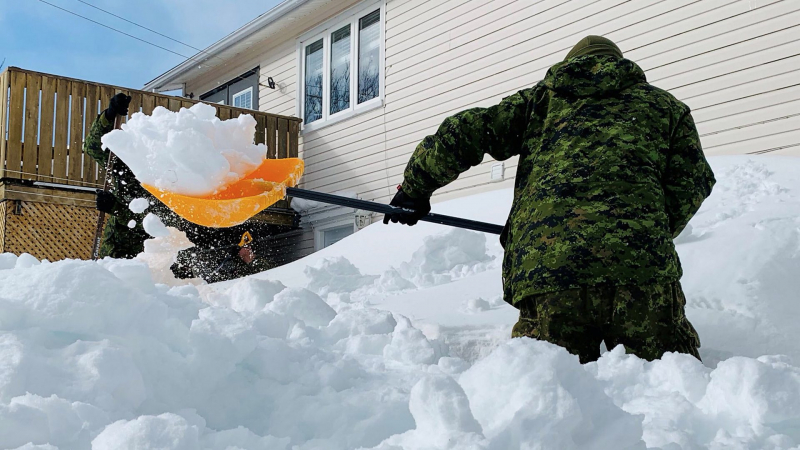
Source: BBC 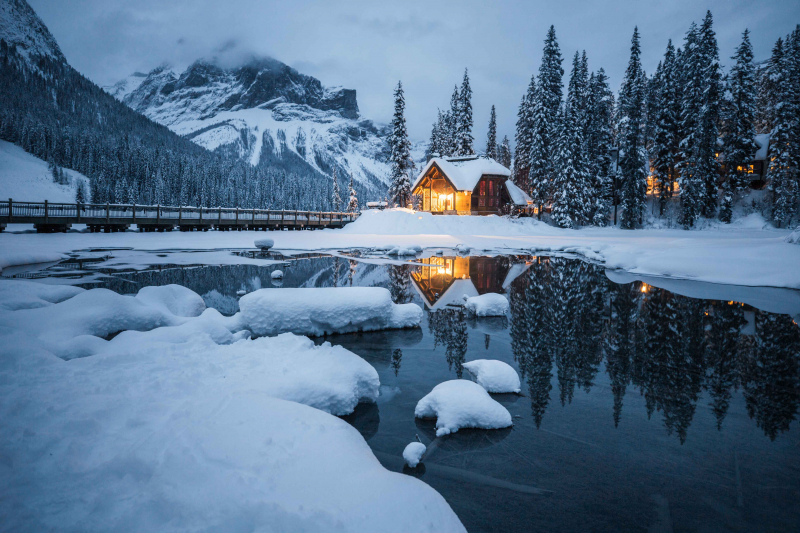
Source: Dreaming and Wandering -
On January 23, 1971, in Prospect Creek Camp, situated near the Arctic Circles along the Alaskan pipeline, the lowest temp ever seen in the United States was -80.1 degrees Fahrenheit (-62.2 degrees Celsius). This was not much milder than the -81.5 °F historic low in North America set on February 4, 1947 at Snag, Yukon, Canada. Tanacross (Alaska) hit -75 °F on a very frigid February day.
On January 20, 1954, near Rogers Pass, Montana, the bottom 48 states of the United States recorded their official lowest temperature of -70 °F. The pass is located in the Rocky Mountains, north of Helena, at an elevation of 5,470 feet (1,667 meters).
The United States is a vast nation with varying temperatures according to state and season. What makes the United States special is that it is both one of the coolest and hottest nations on Earth.
Coldest temperature: - 62.2 °C
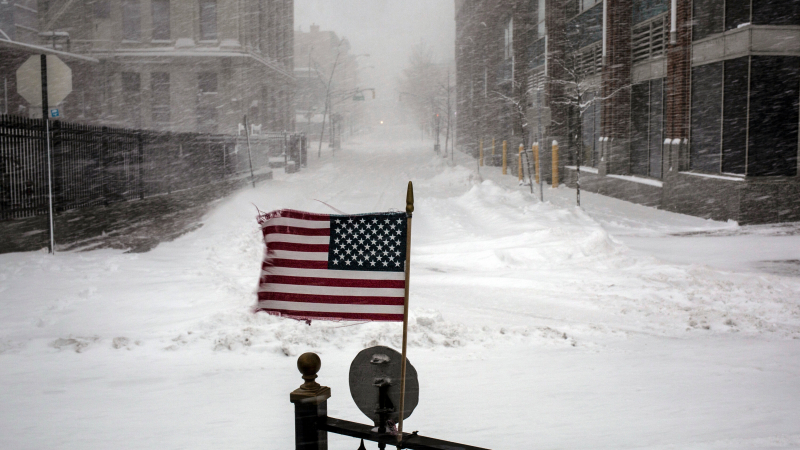
Source: The New York Times 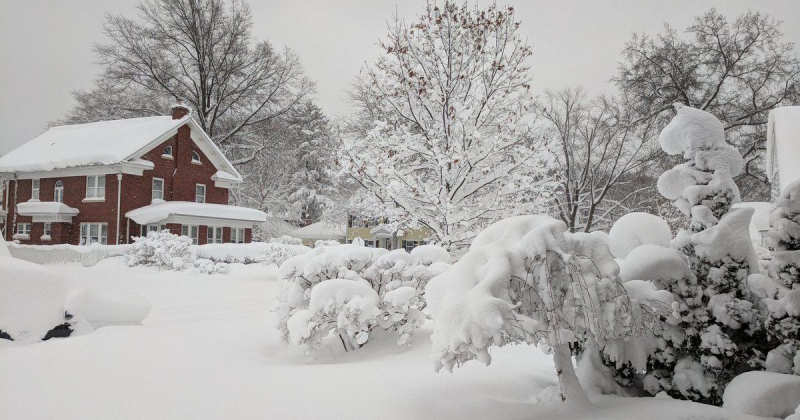
Source: scroll.in -
China's climate fluctuates considerably throughout the year, from brutal cold in the winter to intolerable heat in the summer. The Yangtze River stands as China's official north-south dividing line. Given the country's vastness and diversity of scenery, there is no single period of year when the weather in China is optimum. Naturally, the hottest regions in winter are in the south and southwest, including Banna in Yunnan, Hainan Island, and Sichuan. Summer temperatures are coldest in the far north.
China's climate is characterized by dry spells and rainy monsoons, resulting in significant temperature changes between winter and summer. Northern winds from high latitude places are chilly and dry in winter; southern breezes from lower latitude sea areas are warm and wet in summer. Climates vary considerably throughout regions due to the country's wide and complicated geography. In the southeast of the Nanling Alps, rainfall is abundant and temperatures are consistently high throughout the year. There are four different seasons in the Huaihe and Yangtze river basins in central China.
Summer in northeast China is brief yet sunny, whereas winter is lengthy and very cold. Precipitation is scarce in northwest China, where winters are very cold and summers are scorching. In southwest China's low latitudes, the terrain is raised to a great height and has distinctive vertical seasonal zones.
Coldest temperature: - 58 °C
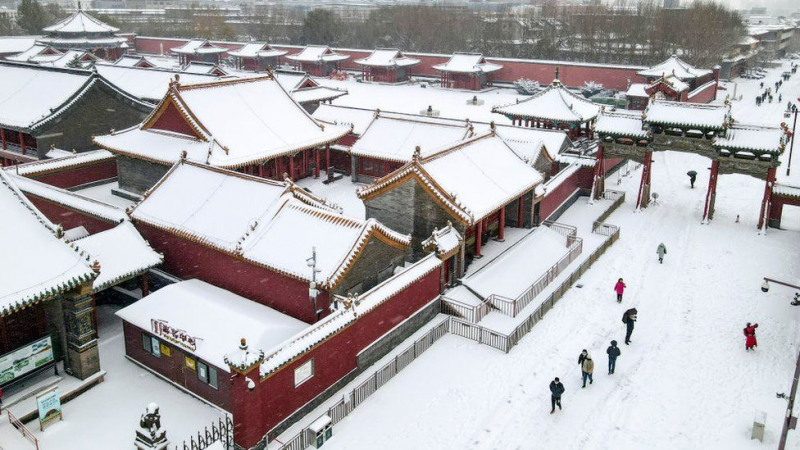
Source: BBC 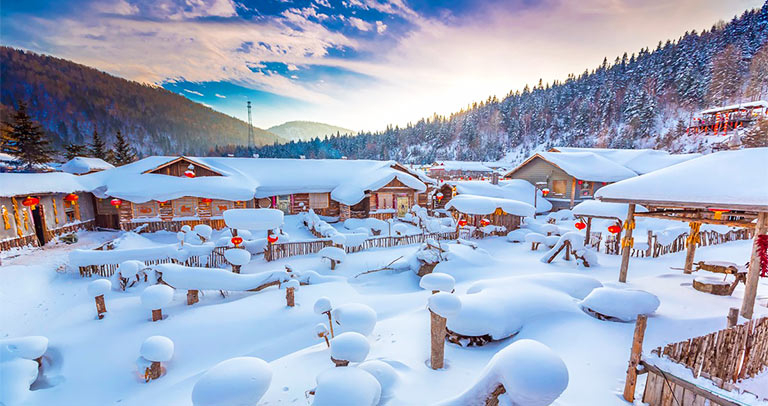
Source: China Discovery -
The majority of travel blogs will advise you that visiting Mongolia in the winter is not for the faint of heart. It's nothing like a typical winter in the United States, and if you're from the tropics, Mongolian winters are certainly not your ideal snow holiday. However, if you're an explorer at heart and have no reservations about visiting Mongolia during its winter seasons, you'll be pleased to learn that this nation is a sight to see despite its harsh, frozen condition.
Before you prepare your winter clothes, you should do extensive study and consideration of winters in Mongolia. To be precise, Mongolia's climate is distinctly continental, with lengthy, bitter winters and brief, balmy summers. Continental climates are often associated with high temperature variance (aka very freezing winters and very burning summers).
Mongolia is distinguished by four distinct seasons: spring, summer, fall and winter. Each season lasts around three months. Winter begins in early December and continues until late February or early March. Temperatures may drop to as low as around -55°C during the winter season.
Coldest temperature: - 55.3 °C
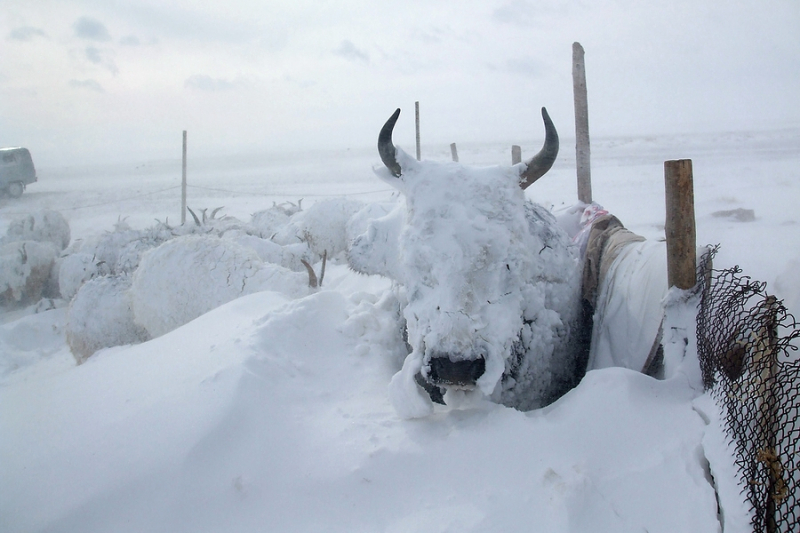
Source: Eurasianet 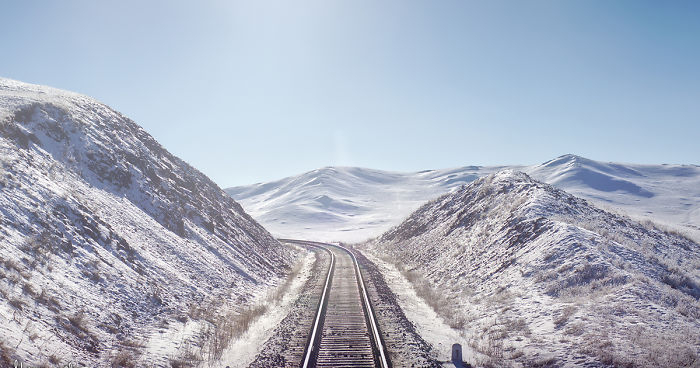
Source: Bored Panda -
Winters are very cold and snowy around the country, but particularly at higher altitudes. Still, tourists do not need to worry much, as Kyrgyzstan's climate in general is quite bright, with an average of just 65 days of rain each year. Its climate is continental, since the country is positioned so far from any ocean. While summers in cities may be rather hot, even in the warmest months, the mountains are colder. Though days are often warmer than nights, Kyrgyzstan's climate is relatively pleasant, with four distinct seasons.
Winter in Bishkek is mainly bright, with periods of dense fog and snowstorms. In the winter, the average daily maximum temperature is 3° C. Spring is typically moderate, with the onset of warmer weather in May and July. Summer temperatures average 31° C , but may go as hot as 45° C. Many establishments, although definitely not all, have air conditioning.
In the autumn, all of the leaves change to vibrant hues, and rainy days become more prevalent. The spring and autumn seasons are typically shorter than the winter and summer.
Coldest temperature: - 53.6 °C
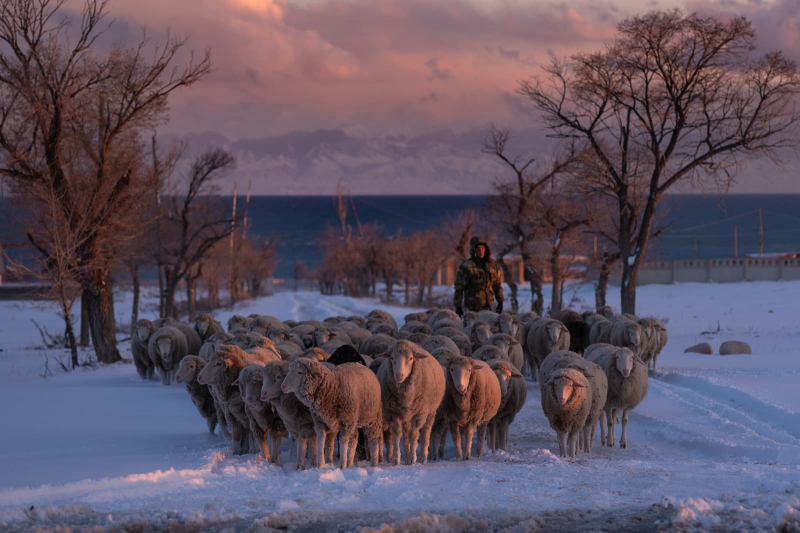
Source: Lost With Purpose 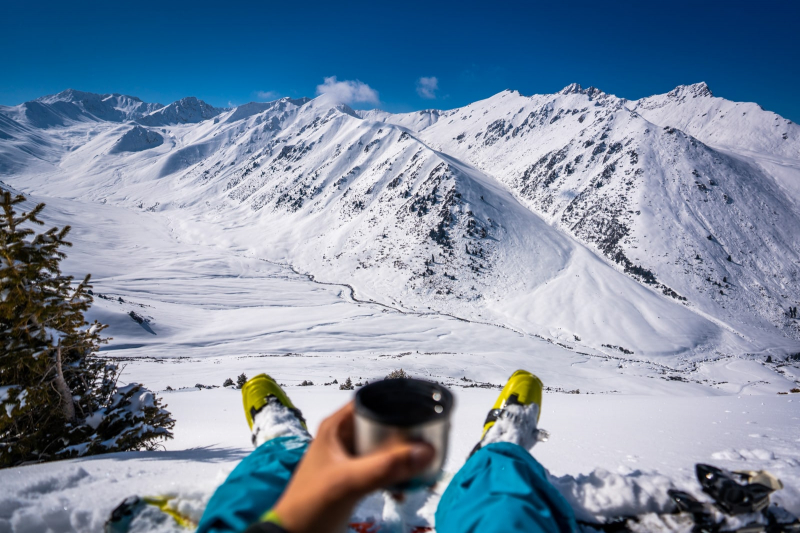
Source: Lost With Purpose -
The Gulf Stream, a warm tropical current that runs off Norway's west coast, has an effect on the climate of Sweden. Sweden benefits from a comparatively warm environment due to its many ponds and the expanses of Bothnia.
In July, Sweden's average temperature is between 13 and 17 degrees Celsius. February is often the coldest month in Sweden, with temperatures ranging from -22 to -3 degrees Celsius. Winter temperatures in northern Sweden often reach -30°C, and sometimes much lower. In southern Sweden, snow blankets the ground from December to March, whereas northern Sweden often has its first snowfall in October.
During the winter, the majority of the nation is icebound, although specialized icebreakers keep the main ports open.
Northern Sweden is located in the Land of the Midnight Sun, which means that portion of the summer enjoys continuous daylight. As one travels farther north, the number of days with uninterrupted daylight grows. Southern Sweden never experiences uninterrupted daylight, despite the fact that it receives an average of 19 hours of sunlight each day in midsummer. Sweden has comparable periods of total darkness throughout the winter. For around two months in the country's northernmost regions, the sun does not rise beyond the horizon.
Coldest temperature: - 53 °C
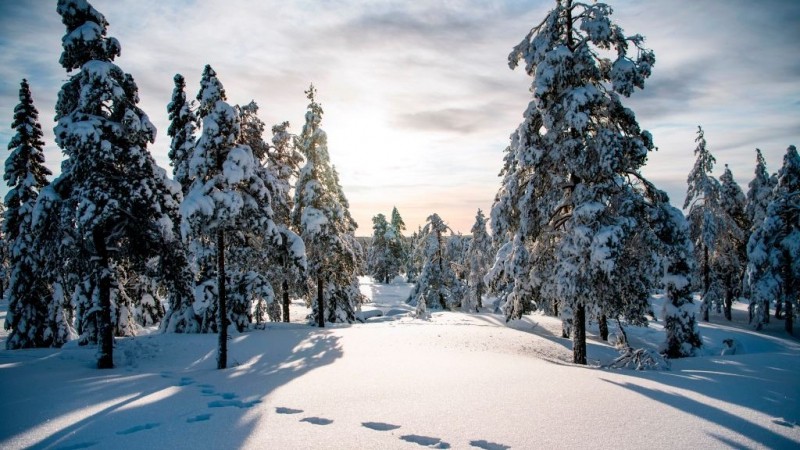
Source: RCI Radio Canada International 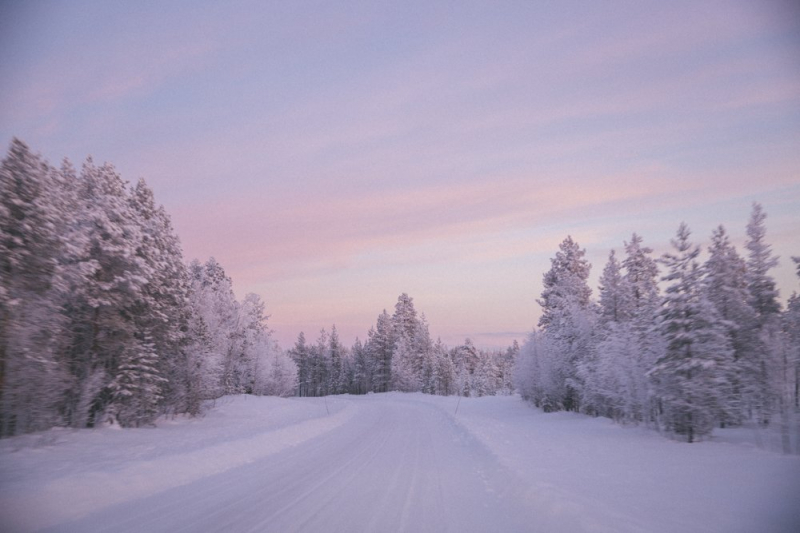
Source: The Londoner -
Tajikistan's climate varies according to its geography; the lowlands, particularly the Fergana Valley, boast a mild climate with very snowy winters, while the desert southern lowlands are considerably milder. Throughout the year, the mountains may be very chilly and vulnerable to temperature fluctuations.
Seasons are unique in all four places. Spring, which lasts from March to May, and fall, which lasts from August to December, are both moderate, with average temperatures in the lowlands ranging between 20°C and 30°F.
However, December, February, and January may be very chilly, with lowland towns seeing temperatures ranging from 26 to 30 degrees Fahrenheit in January. In the east, the Pamir Mountains average between -40°C and - 50°C. Tajikistan gets a modest amount of rainfall each year, with the rainiest seasons being winter and spring. The Fedchenko Glacier has been the most humid region in the nation, getting an average of 88 inches of rain every year. The eastern Pamir Alps are the driest, receiving fewer than four inches of precipitation per year on average.
Coldest temperature: - 50°C
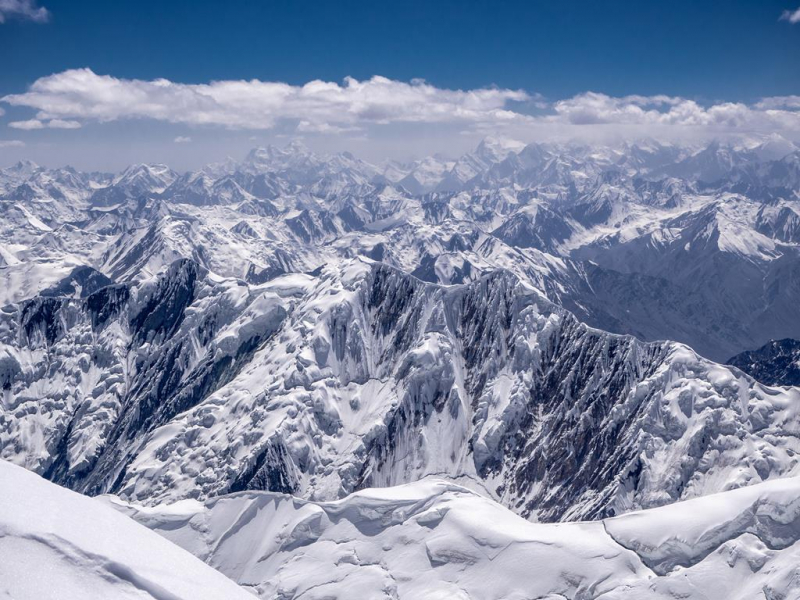
Source: Eclipse Ski 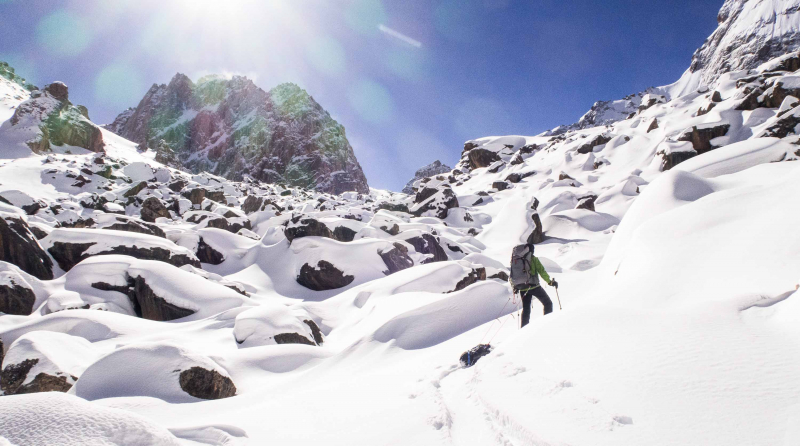
Source: Adventure.com -
North Korea's climate is classified as continental, with four different seasons. Long winters offer very chilly and clear weather, sometimes accompanied by snow storms, courtesy of Siberian northern winds. Pyongyang's (North Korea's capital) average daily high and low temps in January are -2 degrees Celsius (26.6 degrees Fahrenheit) and -14 degrees Celsius (9 degrees Fahrenheit). During the winter, the average amount of snowfall is around thirty-seven days.
Summers, on the other hand, are often brief, hot, humid, and rainy, owing to the southern prevailing winds that bring wet air from the Pacific. August's average monthly high and low temperatures are 29 degrees Celsius (84 degrees Fahrenheit) and 21 degrees Celsius (69 degrees Fahrenheit), respectively. June through September accounts for around 60% of the precipitation (rainfall).
Spring and fall are transitional seasons characterized by warm temperatures and varied breezes that provide the most suitable weather conditions for visiting North Korea.
Coldest temperature: - 20 °C
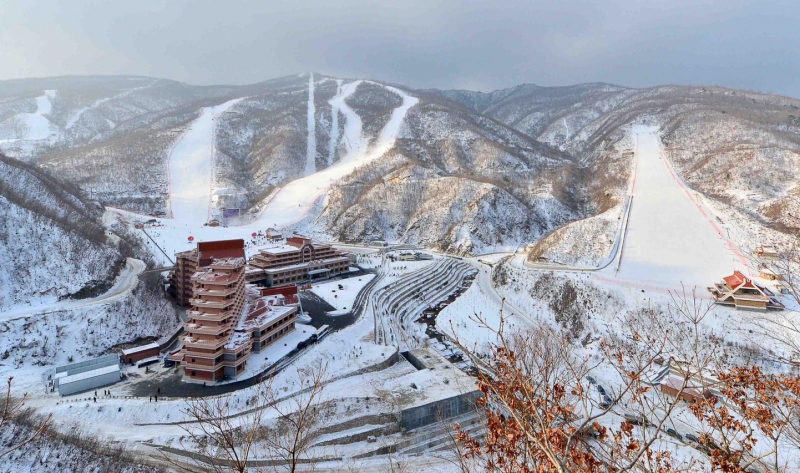
Source: Uri Tours 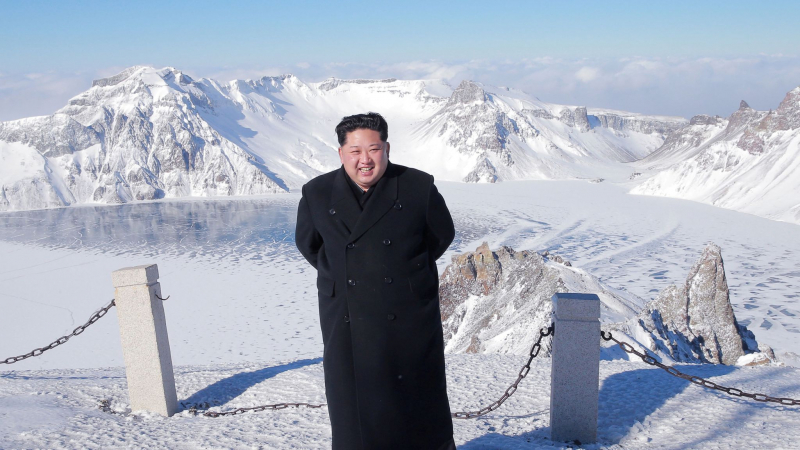
Source: Sky News













